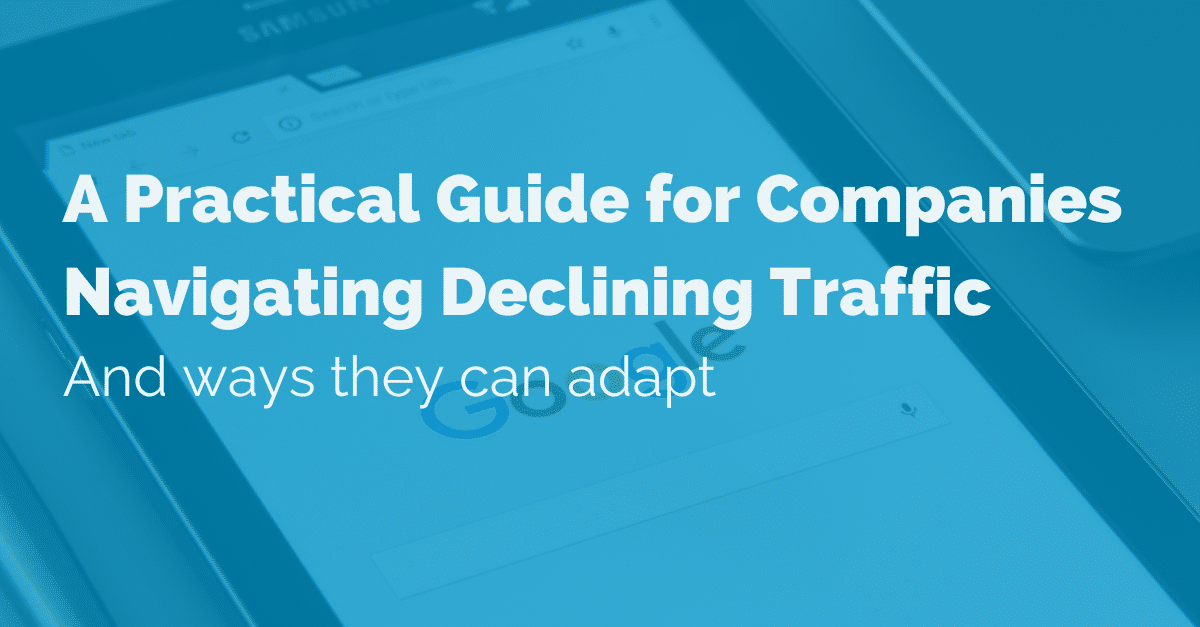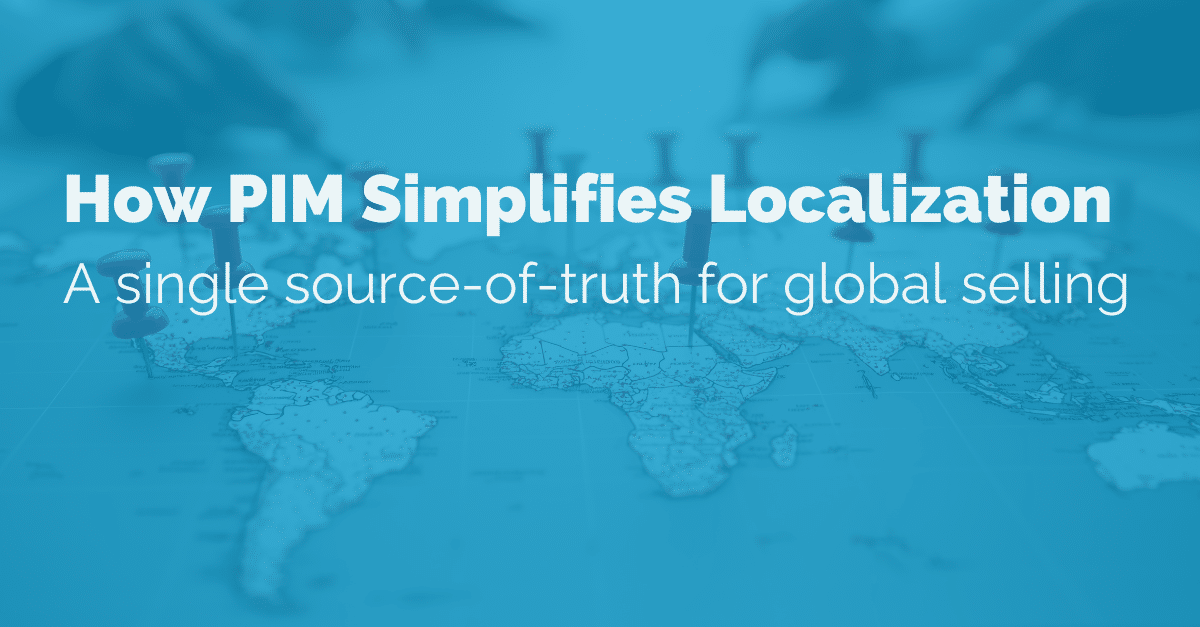Extraction, transformation, and loading, or ETL, is a widely used method by businesses to merge data from several sources into just one database, data store, or data warehouse. ETL is used to aggregate data for analysis and decision-making, or you can utilize it to store data of legacy form, as is more common today.

A brief history
For decades, businesses have been utilizing ETL. What’s different is that the target databases and data sources are now migrating to the cloud. Furthermore, streaming ETL pipelines are emerging and integrated with batch pipelines, i.e., they handle ongoing data streams in real time instead of batches of aggregated data. Some businesses use batch backfill or reconditioning pipelines in conjunction with continuous streaming procedures.
What is ETL?
ETL is the term used to characterize the entire process by which an organization takes all of its data—both structured and unstructured, controlled by various teams from all over the world—and transforms it into a form you can use for business objectives.
Modern ETL systems of today have to keep up with the data’s increasing volume and speed. Furthermore, modern enterprise ETL solutions must now have the fundamental capabilities to ingest, enrich, and manage your transactions and support both structured and unstructured data in real-time from any source, whether on-premises or in the cloud.
Uses of ETL for Organizations
ETL is a crucial tool for assembling all pertinent data in one location, analyzing it, and empowering managers, executives, and various stakeholders to use the information to make defensible business decisions. Brands frequently utilize ETL for the following tasks:
AI and Machine Learning
Making meaning of data, not explicitly creating analytical models, is possible with machine learning (ML). Instead, the machine learning system uses artificial intelligence algorithms to learn from data. ETL can be employed to consolidate the data into one place for machine learning.

Data Warehousing
The data warehouse is a repository created by combining data from many sources to examine it as a whole for commercial objectives. Data frequently moves to a data warehouse via ETL.
Data Integration
Moving your marketing data into one location, including social networking, web analytics, and customer data, will allow you to analyze it and create future strategies. This process is known as marketing data integration. Marketing data is gathered and prepared via ETL.
Database Replication
Database replication copies data into your cloud data warehouse from your source databases, which may include Oracle, Cloud SQL for MySQL, SQL Server from Microsoft, Cloud SQL for PostgreSQL, MongoDB, or others. You can use ETL to replicate the data, which may be a one-time or continuous procedure as your data changes.
IoT Data Integration
The Internet of Things (IoT) is a broad network of interconnected electronic devices that have the ability to collect and send data using hardware-integrated sensors. IoT devices can include a wide variety of machines, including wearables and implanted devices, network servers, smartphones, and factory equipment. ETL facilitates data transfer from several IoT sources to a central location for analysis.

Cloud Migration
Businesses are migrating their data and apps from on-premises to the cloud to save costs, improve scalability, and secure data. ETL is frequently used to facilitate these migrations.
How Does ETL Work?
Data is periodically moved from the source system to the target system through extraction, transformation, and loading (ETL). There are three steps in the ETL process:
- Extraction: Take the pertinent information out of the original database.
- Transforming: Make the data more suitable for analytics by transforming it.
- Loading: Put the information into the intended database.
Data Extraction
Extract, transform, and load (ETL) technologies are used in data extraction to replicate or extract raw data from various sources and put it in an area for staging. An interim storage location for the short-term storage of extracted data is a staging area (also known as a landing zone). Data staging facilities are frequently temporary spaces where brands remove contents once data extraction finishes. For troubleshooting purposes, the staging area may additionally keep a data archive.

The underlying change data collection method determines the frequency the system transfers data from the data source to the target data store. One of the three following methods most often works for data extraction.
- Incremental Extraction: While specific data sources cannot send out update notifications, they can recognize and retrieve data that has changed within a particular time frame. In this instance, the system performs periodic checks for changes—for example, once a week, every month, or after a campaign. In turn, you only have to extract the modified data.
- Update Notification: The source system tells you when a data record changes via an update notice. After that, you can carry out the shift extraction procedure. Most databases and online applications offer update capabilities to facilitate this data integration technique.
- Full Extraction: Reloading all of the data is the sole option for specific systems that cannot detect data changes or provide notifications. To determine whether entries now use this extraction approach, save a copy of the most recent extract. We advise using this method exclusively for tiny tables due to the large data transfer volumes required.
Data Transformation
In data transformation, the raw data is transformed and combined in the staging area using ETL (extract, transform, and load) technologies to get it ready for the target data warehouse. The following kinds of data modifications may occur during the data transformation step.
Basic Data Transformation
Fundamental transformations enhance the quality of the data by eliminating errors, clearing out data fields, or streamlining data. Here are a few examples of these modifications.
- In data purification, deduplication finds and eliminates duplicate records.
- You remove errors and, in addition, map source data to the desired data format through data cleansing. For instance, you can transfer the data value “Parent” to “P,” the number 0 to empty data fields, or “Child” to “C.”
- Data, including character sets, units of measurement, and date/time values, are transformed into a consistent format through format modification. For instance, a food manufacturer may maintain distinct recipe databases containing ingredients measured in pounds and kilograms. Everything will be converted to pounds by ETL.

Advanced-Data Transformation
Business rules are used in advanced transformations to maximize the data for more straightforward analysis. Here are a few examples of these modifications.
- Joining is a data processing technique connecting identical data from several sources. By aggregating the purchase values from several vendors and saving only the final total in the target system, you can, for instance, calculate the total cost of purchasing one item.
- Derivation creates new values from current values by applying business standards to your data. For instance, you can multiply the price of everything by the quantity of things ordered to determine the overall cost of a purchase or convert income to profit by deducting expenses.
- Reducing a vast number of values for data into a smaller dataset by summarization enhances the quality of the data. Customer order invoice values, for instance, could vary significantly in tiny amounts. A lifetime value of a customer (CLV) measure can be created by adding up the data over a specified period.
- In the target system, you can split a column or information attribute into several columns. For instance, you can separate the customer name into a first, middle, and last name if the data source saves it as “Jane John Doe.”
- By implementing encryption before the data gets to the target database, you can safeguard sensitive data to adhere to data laws or data privacy.
Data Loading
ETL (extract, transform, and load) tools are used in data loading to transfer changed information from the staging area to the destination data warehouse. Most enterprises that employ ETL have an automated, well-defined, ongoing, batch-driven process. There are two ways to load the data.

Full Load
All of the source data is converted and transferred to the information warehouse during full load. When you load data into the data warehouse for the first time from a source system, it’s usually the whole load.
Incremental Load
When using incremental load, the ETL tool regularly downloads the difference, or delta, between the source and target systems. It saves the last extract date to ensure that only entries added after that date are loaded. You can implement incremental load in two ways.
- You can periodically gather load information modifications into batches if you have a lot of data. While the data synchronizes, neither the source nor the target systems may be affected during this predetermined time.
- You can feed continuous modifications over data pipelines to the destination data warehouse if your data volumes are small. You have the option to use event stream processing to monitor and interpret data streams at speeds up to millions of incidents per second, enabling real-time decision-making.
Bottom Line
ETL, also known as data extraction, load, and transform, is a crucial component of data management, particularly for companies that require data accuracy by all means. With the help of efficient and effective ETL techniques and tools, you can easily manage and align your data. Additionally, if you require management tools and software to help you optimize your data or website, contact us at Pimberly for the best services in town.

















